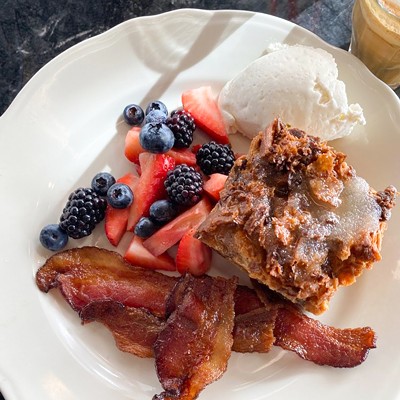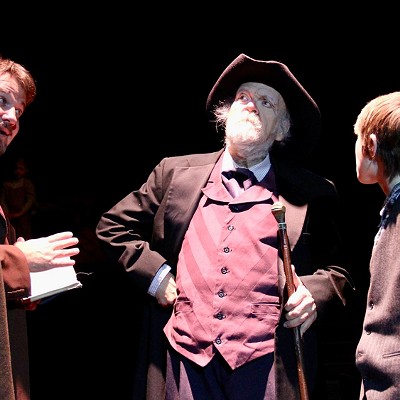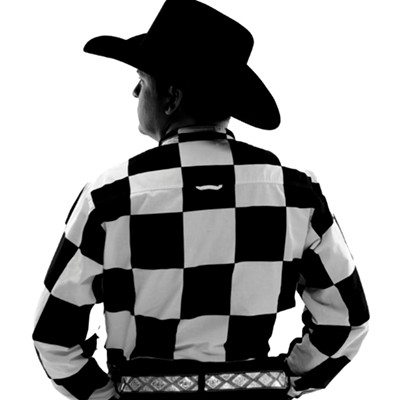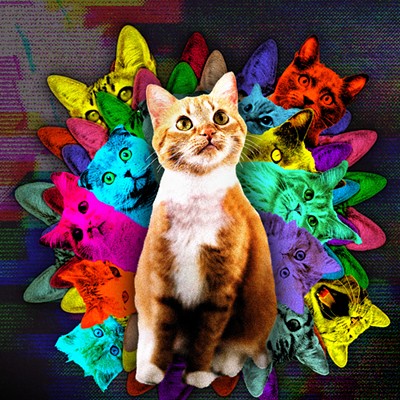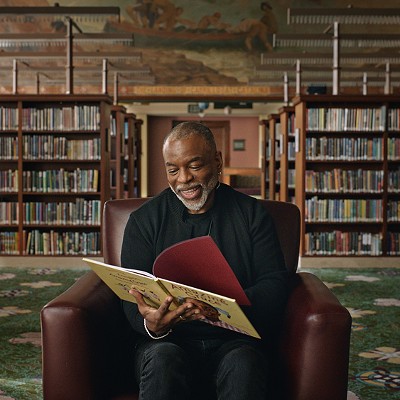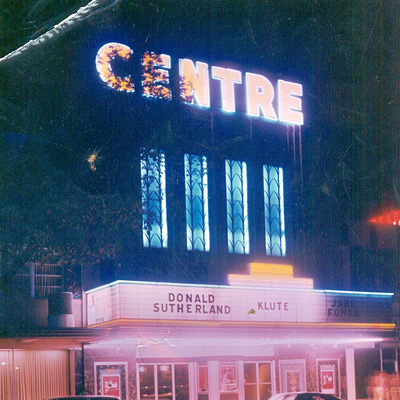
You might not know it, but chances are Diana Vreeland has a great deal to do with what you think when it comes to fashion, style and design. As fashion editor for Harper’s Bazaar and, later, editor of Vogue, she injected post- World War II America with an almost revolutionary sense of, as she put it, “pizzazz.”
Vreeland is often credited with having invented the role of fashion editor, a feat that isn’t particularly surprising since, in many ways, her own mythology was a sort of self-invention.
Diana Vreeland: The Eye Has to Travel, which screens Thursday through Sunday at the Oklahoma City Museum of Art, is a fascinating, sometimes exuberant, documentary about the woman who helped popularize everything from blue jeans and bikinis to Barbra Streisand’s nose.
Filmmakers Lisa Immordino Vreeland (the wife of Diana Vreeland’s grandson), Bent-Jorgen Perlmutt and Frédéric Tcheng make fine use of archival footage, still photographs, movie clips and, best of all, audio recordings from 1982 in which George Plimpton interviewed her for the purpose of editing her memoirs.
In full disclosure, I’ll admit I’m not the ideal audience for a movie about a fashion icon. What I know about fashion could fit inside a ratted-out sneaker. But it bespeaks the solid craftsmanship of Diana Vreeland that it details her achievements and legacy while still conveying her inimitable voice and manner.
There is an impressive range of interviewees, of course — Calvin Klein, Diane von Fürstenberg, Lauren Hutton and so on — but the chief attribute is that there’s so much of Vreeland herself, her imperious voice and delivery a heady mix of Katherine Hepburn and Bette Davis.
The documentary’s title refers to how an eye examines a magazine page, but the real travels here concern the journeys of Vreeland’s restive mind. She plundered her imagination and spanned the globe, figuratively and literally, to feed fantasies that people didn’t yet know they harbored. At Harper’s and Vogue, she
conjured up fashion spreads that embraced images as exotic as they were
drenched in romanticism. “Life is artifice,” she pronounced.
There is an engaging strain of Forrest Gump-ism to the proceedings. Vreeland — who bounced around from Paris to New York to London — loved to tell stories of her brushes with celebrities and historical figures, a mix of fact and fiction that she labeled “faction” when pressed about their veracity. As a result, the documentary encompasses a host of 20th-century touchstones, from her selling lingerie to Wallis Simpson during her affair with Edward VIII (“My little lingerie shop had brought down the throne!”) to seeing Adolf Hitler in Berlin (“That mustache! It was just wrong!”)
Vreeland was less vociferous when it came to her nonprofessional life. She told Plimpton that her mother ridiculed her as an “ugly little monster,” and she notes having a pronounced stutter as a child, but Vreeland avoids further self-revelation. She raised two boys and lost a husband to cancer, but bristles at discussing them.
“Why all this family talk?” Vreeland asks Plimpton. “Shouldn’t we get to the more exciting stuff?”
The filmmakers obviously admire Vreeland for her vision — how could they not? — but their work is not hagiography. As Diana Vreeland makes clear, she felt most inspired outside of the family.


